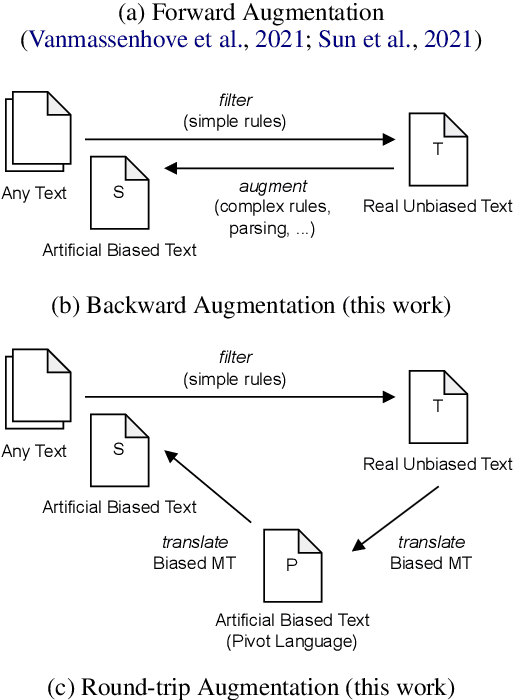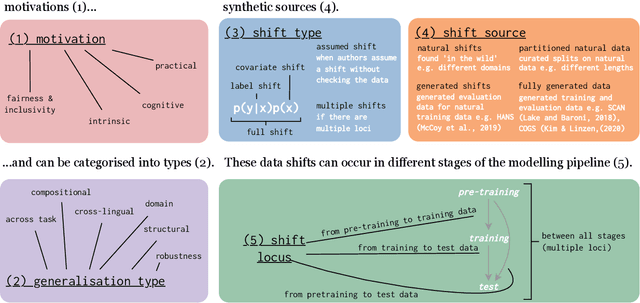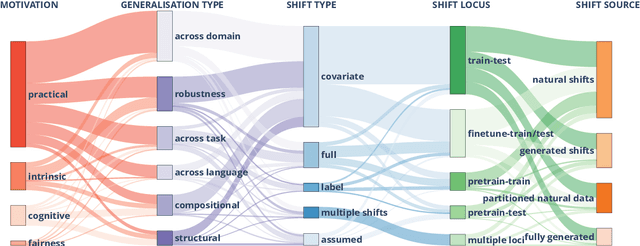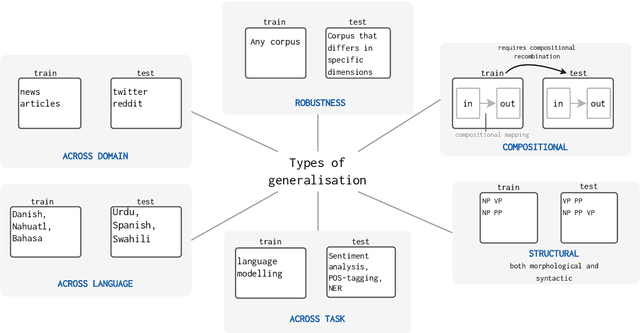Florian Schottmann
A comparison of translation performance between DeepL and Supertext
Feb 04, 2025Abstract:As strong machine translation (MT) systems are increasingly based on large language models (LLMs), reliable quality benchmarking requires methods that capture their ability to leverage extended context. This study compares two commercial MT systems -- DeepL and Supertext -- by assessing their performance on unsegmented texts. We evaluate translation quality across four language directions with professional translators assessing segments with full document-level context. While segment-level assessments indicate no strong preference between the systems in most cases, document-level analysis reveals a preference for Supertext in three out of four language directions, suggesting superior consistency across longer texts. We advocate for more context-sensitive evaluation methodologies to ensure that MT quality assessments reflect real-world usability. We release all evaluation data and scripts for further analysis and reproduction at https://github.com/supertext/evaluation_deepl_supertext.
Turning English-centric LLMs Into Polyglots: How Much Multilinguality Is Needed?
Dec 20, 2023Abstract:The vast majority of today's large language models are English-centric, having been pretrained predominantly on English text. Yet, in order to meet user expectations, models need to be able to respond appropriately in multiple languages once deployed in downstream applications. Given limited exposure to other languages during pretraining, cross-lingual transfer is important for achieving decent performance in non-English settings. In this work, we investigate just how much multilinguality is required during finetuning to elicit strong cross-lingual generalisation across a range of tasks and target languages. We find that, compared to English-only finetuning, multilingual instruction tuning with as few as three languages significantly improves a model's cross-lingual transfer abilities on generative tasks that assume input/output language agreement, while being of less importance for highly structured tasks. Our code and data is available at https://github.com/ZurichNLP/multilingual-instruction-tuning.
A Benchmark for Evaluating Machine Translation Metrics on Dialects Without Standard Orthography
Nov 28, 2023



Abstract:For sensible progress in natural language processing, it is important that we are aware of the limitations of the evaluation metrics we use. In this work, we evaluate how robust metrics are to non-standardized dialects, i.e. spelling differences in language varieties that do not have a standard orthography. To investigate this, we collect a dataset of human translations and human judgments for automatic machine translations from English to two Swiss German dialects. We further create a challenge set for dialect variation and benchmark existing metrics' performances. Our results show that existing metrics cannot reliably evaluate Swiss German text generation outputs, especially on segment level. We propose initial design adaptations that increase robustness in the face of non-standardized dialects, although there remains much room for further improvement. The dataset, code, and models are available here: https://github.com/textshuttle/dialect_eval
Exploiting Biased Models to De-bias Text: A Gender-Fair Rewriting Model
May 18, 2023



Abstract:Natural language generation models reproduce and often amplify the biases present in their training data. Previous research explored using sequence-to-sequence rewriting models to transform biased model outputs (or original texts) into more gender-fair language by creating pseudo training data through linguistic rules. However, this approach is not practical for languages with more complex morphology than English. We hypothesise that creating training data in the reverse direction, i.e. starting from gender-fair text, is easier for morphologically complex languages and show that it matches the performance of state-of-the-art rewriting models for English. To eliminate the rule-based nature of data creation, we instead propose using machine translation models to create gender-biased text from real gender-fair text via round-trip translation. Our approach allows us to train a rewriting model for German without the need for elaborate handcrafted rules. The outputs of this model increased gender-fairness as shown in a human evaluation study.
State-of-the-art generalisation research in NLP: a taxonomy and review
Oct 10, 2022



Abstract:The ability to generalise well is one of the primary desiderata of natural language processing (NLP). Yet, what `good generalisation' entails and how it should be evaluated is not well understood, nor are there any common standards to evaluate it. In this paper, we aim to lay the ground-work to improve both of these issues. We present a taxonomy for characterising and understanding generalisation research in NLP, we use that taxonomy to present a comprehensive map of published generalisation studies, and we make recommendations for which areas might deserve attention in the future. Our taxonomy is based on an extensive literature review of generalisation research, and contains five axes along which studies can differ: their main motivation, the type of generalisation they aim to solve, the type of data shift they consider, the source by which this data shift is obtained, and the locus of the shift within the modelling pipeline. We use our taxonomy to classify over 400 previous papers that test generalisation, for a total of more than 600 individual experiments. Considering the results of this review, we present an in-depth analysis of the current state of generalisation research in NLP, and make recommendations for the future. Along with this paper, we release a webpage where the results of our review can be dynamically explored, and which we intend to up-date as new NLP generalisation studies are published. With this work, we aim to make steps towards making state-of-the-art generalisation testing the new status quo in NLP.
 Add to Chrome
Add to Chrome Add to Firefox
Add to Firefox Add to Edge
Add to Edge